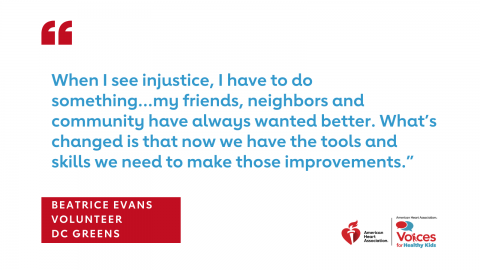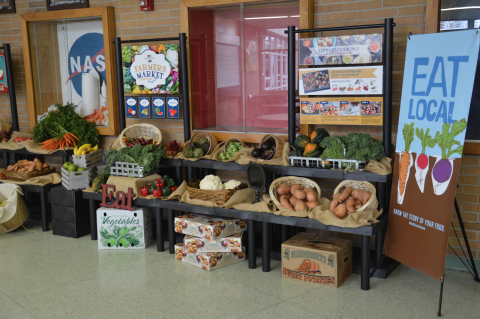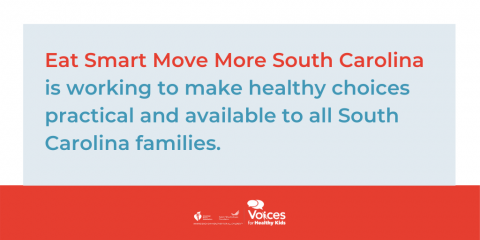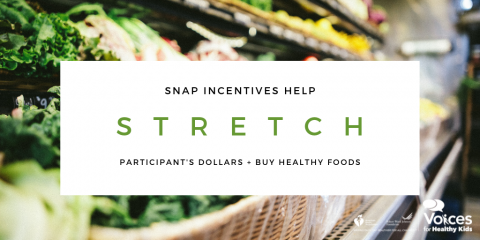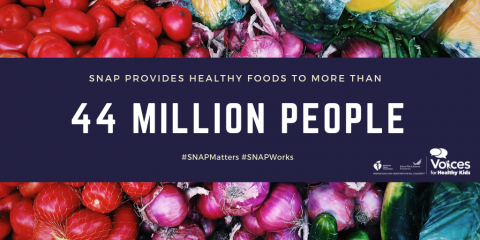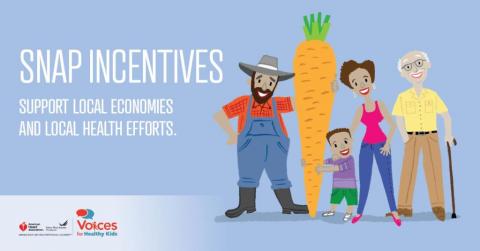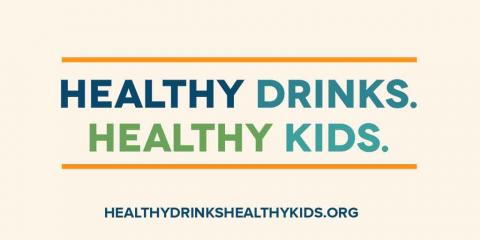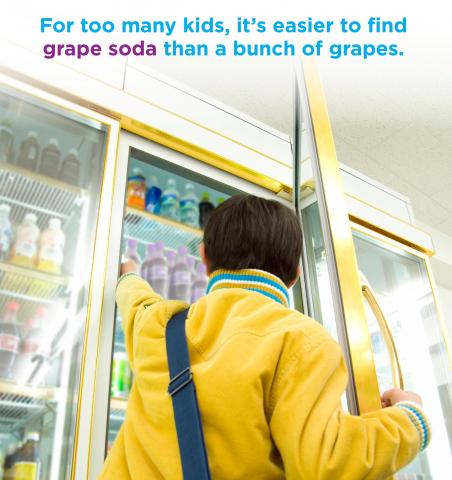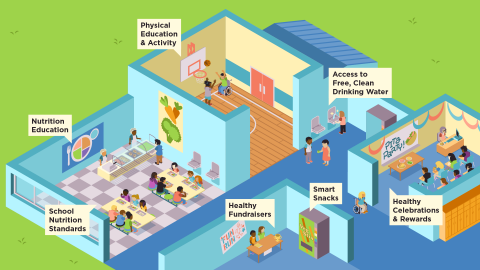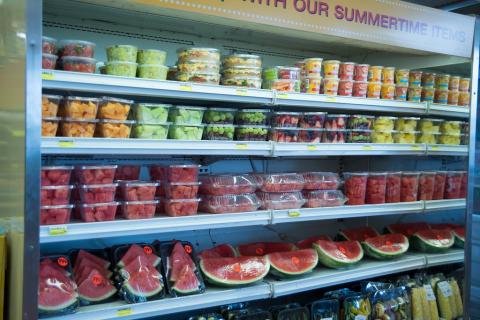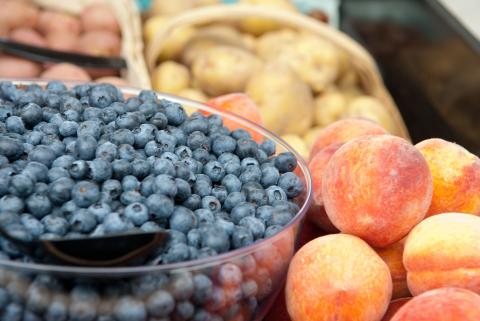Every day, in communities across America, people with low wages face difficult tradeoffs when trying to cover the necessary expenses of daily life. These tradeoffs include balancing the costs of housing, health care, child care and transportation as well as the ongoing struggle to afford healthy food. In some neighborhoods, there may be very few or no places to buy healthy food, adding time and transit expenses to the price of groceries. That’s why more than 45 states offer incentive programs to help Supplemental Nutrition Assistance Program (SNAP) participants fill their pantries with more fruits and vegetables.


